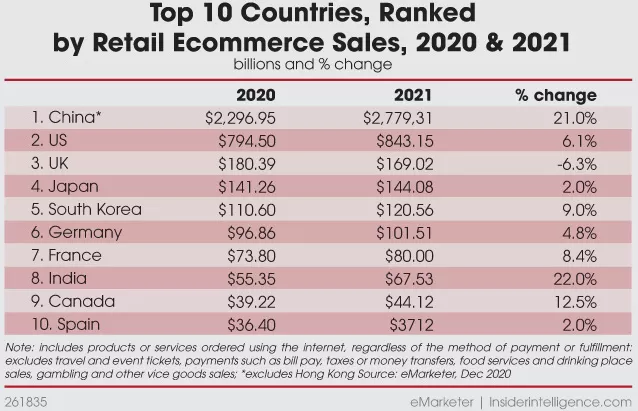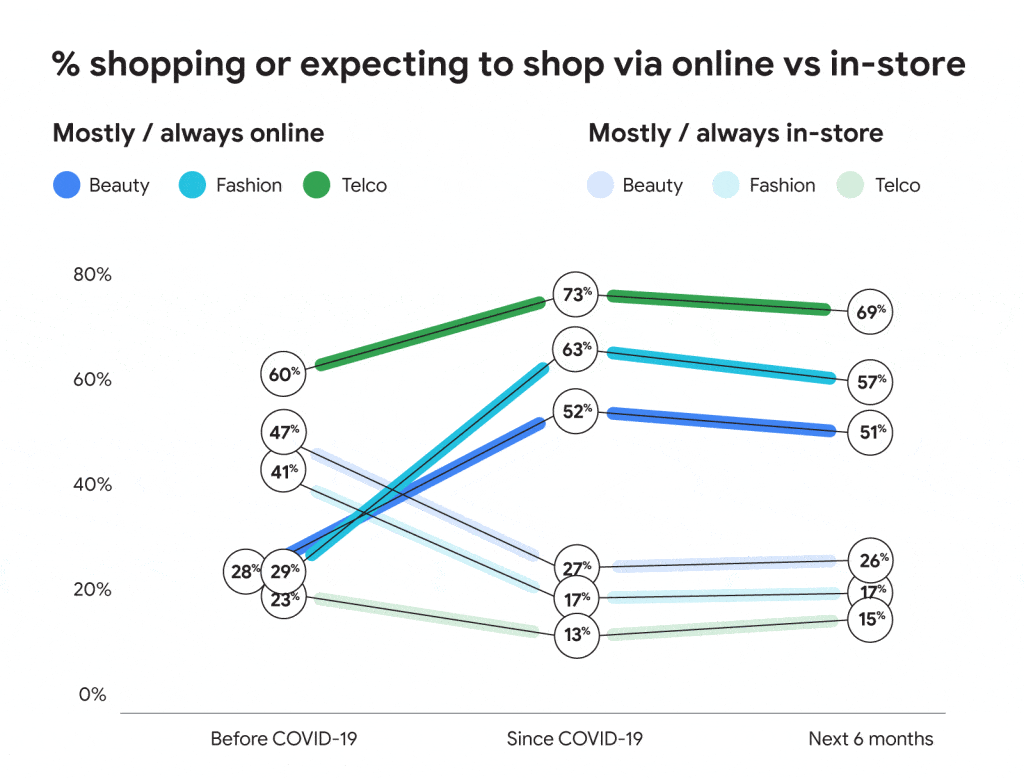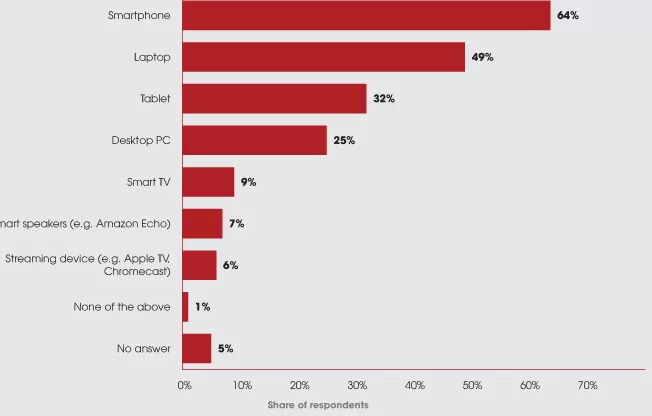The UK ecommerce market insights. The last couple of years saw a significant improvement in the UK economy towards digitalisation. The shift took place at the fastest pace than ever before when it comes to the UK ecommerce market. This article is going to give you an overview of the market share, and digital payment trends in ecommerce and help you plan for future business development.
E-commerce has become an integral aspect of the global retail landscape in recent years. The retail sector, like many other businesses, has changed dramatically since the internet’s introduction, and because of the ongoing digitalisation of modern life, consumers from practically every country now benefit from the convenience of online purchases.
The number of digital buyers grows every year as internet access and adoption grow at a rapid pace around the world. Last year nearly two billion people purchased products or services online, with global e-commerce sales exceeding 4.2 trillion dollars
In Europe, the UK ecommerce market size takes the most developed share. According to the Office of National Statistics (UK), the country’s e-commerce revenue in 2019 totalled 693 billion GBP, (27.6% of total retail sales as of Feb 2022) up significantly from the previous year, but now amazingly stands at £2,089.6 billion as of Feb 2022. Wholesale and manufacturing were the two largest industry sectors that generated the most e-commerce sales in the same year on a sectoral basis.
The retail sector, in which the United Kingdom dominates Europe, accounted for almost 8% of total e-commerce sales. Online sales accounted for 19.4% of all retail sales in 2019 and are expected to grow in the coming years, owing to the coronavirus pandemic’s impact.
Only 46.1 % of internet retail sales grew in 2020, the fastest rate in a decade. Online sales accounted for more than a quarter of all retail sales in textile and garment stores, according to the most recent official data – The UK ecommerce statistics.
(According to Statista.com )
How UK’s Retail E-commerce Compares to Other Countries
With a total of USD 180.39 billion in retail e-commerce sales in 2020, the UK came in third behind China (USD 2,296.95 billion) and the United States (USD 794.50 billion). According to eMarketer, the UK ecommerce market share in retail sales dropped by 6.3 % last year, to USD 169.02 billion, as the market recovered from the initial Covid peak last year.

According to Ecommerce News EU, the majority of purchases (73%) are made within the United Kingdom. 11% of purchases are made in EU markets, while 16% are made outside of the EU. With sales of $58.4 billion, the United States is the largest export market, followed by Germany with sales of $46.6 billion.
Customers in the United Kingdom enjoy shopping on international ecommerce sites. UK customers purchase more things from overseas internet businesses than shoppers in nearly any other wealthy country. These are the most important international ecommerce marketplaces for UK consumers. There was 16 % at retailers located outside the European Union and the remaining 11 % was bought online from an EU country.
Shoppers in the United Kingdom adore French clothes, perfumes, and cosmetics.
“When it comes to selling to UK consumers, France has had a very prosperous year,” writes FinTech Futures. Exports to the UK grew by 32.8 % in 2017. The fashion industry fueled most of the online boom, with the most popular names including Balmain, Givenchy, and Versace. Perfumes and cosmetics from French stores and brands, on the other hand, are quite popular in the UK ecommerce market.
The biggest overseas UK ecommerce market shares are the United States, Germany, France and the Netherlands.
Brits spent almost 58.4 billion euros on American goods last year. “The trading connection between the United Kingdom and the United States is one of the most valuable on the globe. Much of what is sold online is fashion-related, with American companies such as Forever21, Victoria’s Secret, and American Apparel being extremely popular,” according to the website.
German consumers spent 46.6 billion euros on their ecommerce websites, putting them in second place. Over 10.5% of total UK exports come from this western European country.
Online shopping is challenging in-store purchasing last year(ecommerce UK statistics)
According to a study conducted by Think with Google, there was a massive move to the internet is here to stay. The percentage of customers who say they will or plan to shop online vs in-store in the next six months is much higher than pre-pandemic levels in the fashion, cosmetics, and telecoms sectors.
The fashion industry alone saw a 28% increase in the annual online sales. While many individuals may return to in-store shopping to see, touch, and try on things, new habits have developed around internet purchasing that have irreversibly transformed the way people purchase. Source: Think with Google

Shopping attitudes have shifted across demographics in the UK ecommerce market
The findings of Think with Google also reveal a steady shift in attitudes among different age groups. While the younger generation is still the most likely to purchase online, customers aged 35 and up are seeing the greatest increase in individuals choosing online retail over in-store shopping.
People are shopping online for a variety of reasons
The pandemic has been the primary driving force behind the shift from traditional shopping practices to online buying behaviour, but the UK ecommerce market has been influenced by some other factors:
- Convenience
- No store visit due to COVID
- Easy to find products
- Home delivery
- Cheaper prices
Key Takeaways
- There was a significant improvement in ecommerce growth in the UK last year.
- Online shopping emerged across demographics in UK ecommerce statistics last year.
- Apart from the Pandemic of COVID 19, various reasons stimulated Brits to change their shopping habits, leading to ecommerce growth UK.
Mobile Shoppers & Buyers
Smartphones lead the game of online shopping in the UK ecommerce statistics

From a recent research by Statista (the Statista Global Consumer Survey conducted in the UK last year), British consumers mostly shopped online via mobile devices. Smartphones are the most popular shopping device which was chosen by users in the UK, accounting for about 64% of the total. Following that was Laptops, with 49% of total usage. Tablets were third.





